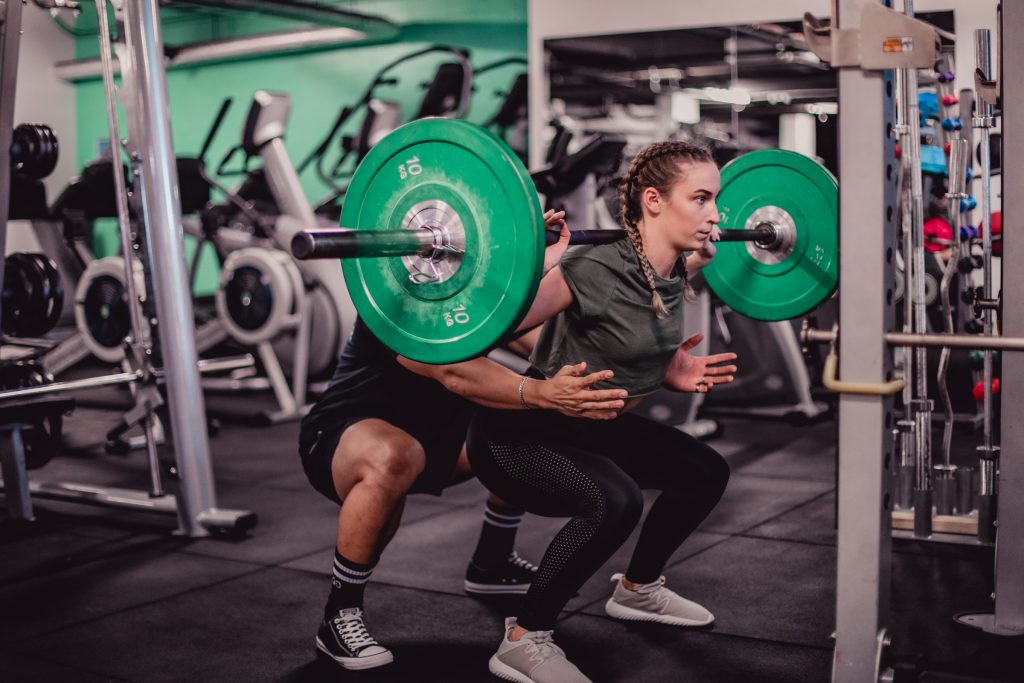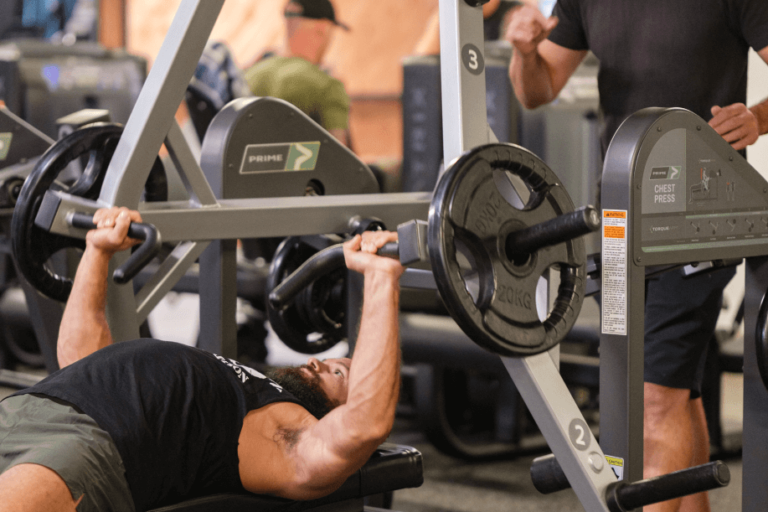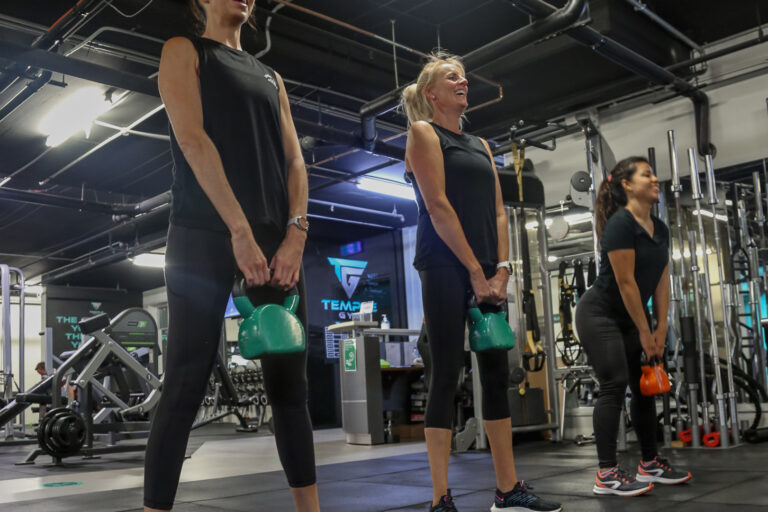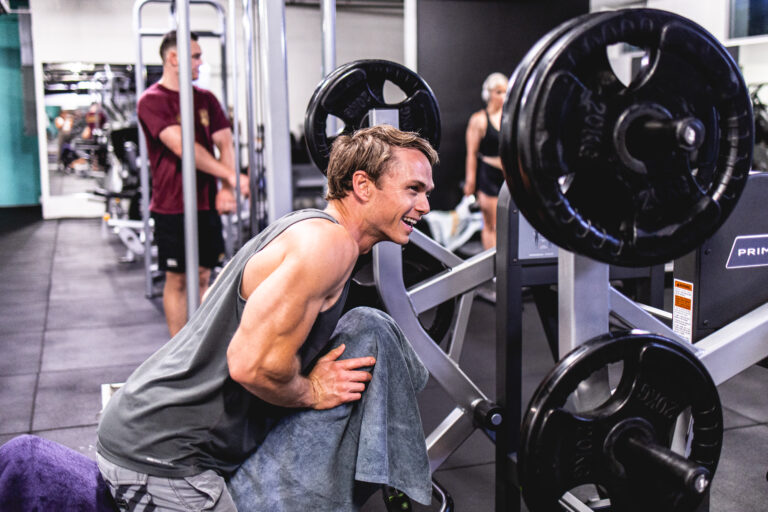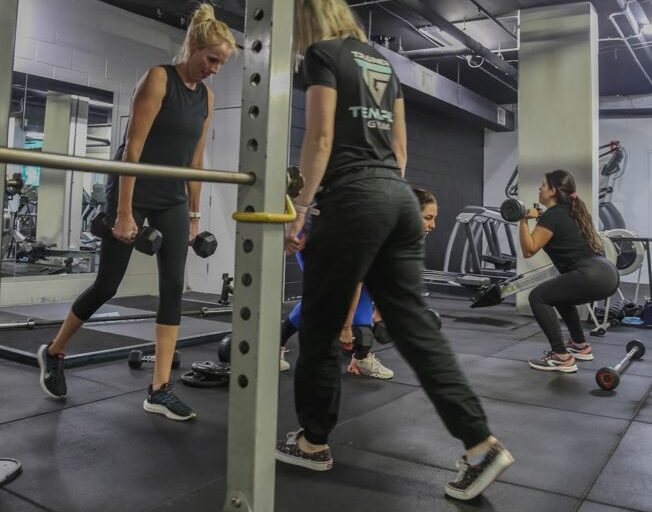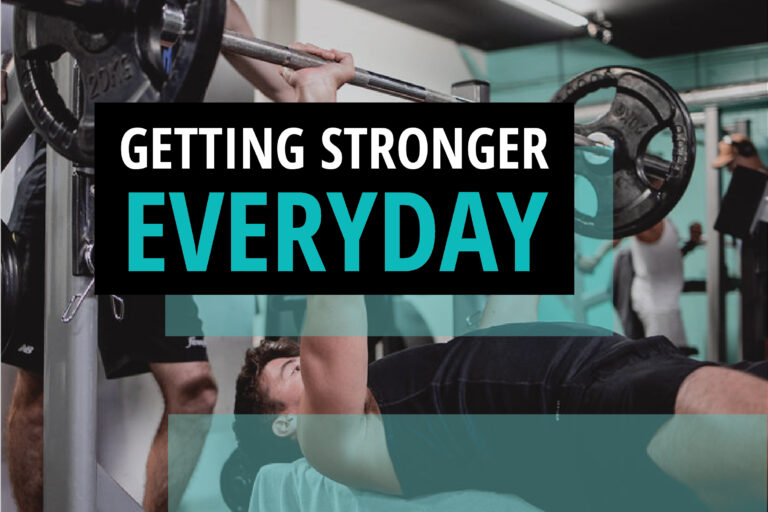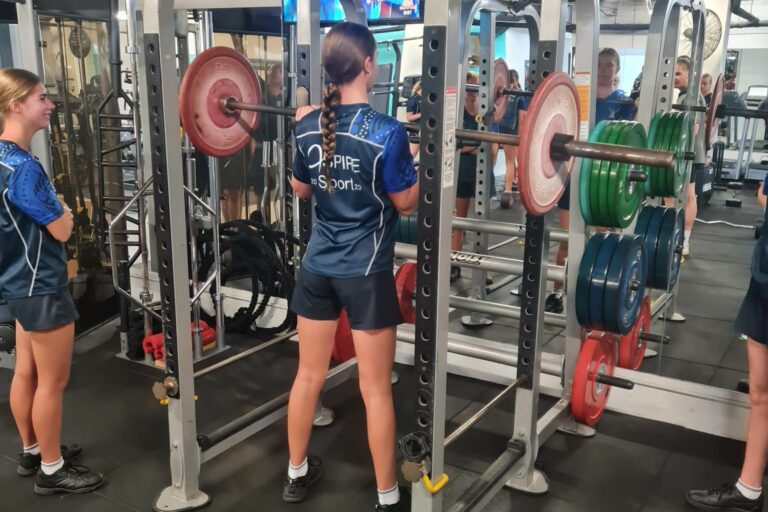“Tips to enhance your lifting performance.”
- Ever wonder why you do not seem to get the most out of your training?
- Do you find that your compound lifts are lacking in strength, form and efficiency?
- Is the rising frequency of injuries setting you further back from your goals?
One of the main reasons why the above questions could relate to you is because you could be lacking in STABILITY, MOBILITY, or even both!
Maybe you’re not getting deeper in your Squat. Maybe you have difficulty getting the bar above your head in the Overhead Squat. Or it could be your lower back is hurting more during your Deadlift as opposed to your Glutes.
Your performance could be suffering or lacking in improvements as a result of poor mobility and stability. But what are the differences between these 2 definitions?
STABILITY, in exercise and anatomy terminology is the ability to maintain control of a joint movement or position by proper co-ordination of the surrounding musculature and neuromuscular system. So it seems straight forward that a joint that can maintain proper alignment, while co-ordinating it’s surrounding muscles to execute a movement has better STABILITY than one that is not, correct?
MOBILITY, on the other hand, is the ability for a joint to move freely, uninhibited by the surrounding tissues (muscle, tendons, ligaments). Someone can have superhuman strength in a Squat at the lowest point of the exercise (the bottom) because they have good joint range-of-motion and MOBILTY.
Flexibility can get mixed up with Mobility, though. Someone with good flexibility doesn’t necessarily denote good mobility, as it does not relate to good strength, balance and co-ordination.
So based on the definitions above, it is so important to have good stability and mobility to perform your utmost best!
Allow your body to move freely without restrictions, the sole purpose it was made to do. Without good mobility and stability, you could be using muscles that were not made to function that way you want it to, or even worse, could be compensating by placing a heavy load to an area not made for that load!
Each major joint in the body serves a purpose, either to provide Stability or Mobility.
Injuries occur when a Stability joint is called in to Mobilise. Also if a Stability joint is made stiff and ‘immobile’, the load placed will present stress to another joint.
A great example is when your upper back, Thoracic Spine (Mobility joint) becomes stiff through your occupation (and other factors I won’t delve into). When load is placed to that area, most of the load will divert to your Lumbar Spine (Stability joint), cue in Lower Back Pain.
So allow your Mobility joints to move freely. Allow your Stability joints to serve it’s function. Work on some drills that will enable you to improve your joint mobility. Include some exercises into your program that will enhance and increase the stability in those joints.
If you’re unsure on where to begin, please come and see one of our friendly trainers who will gladly assist you in including these into a program!
Happy training!
Lorenzo Pacis


